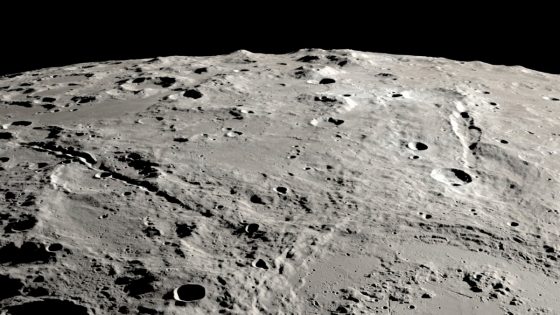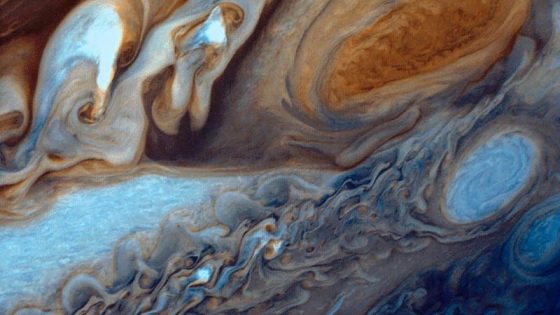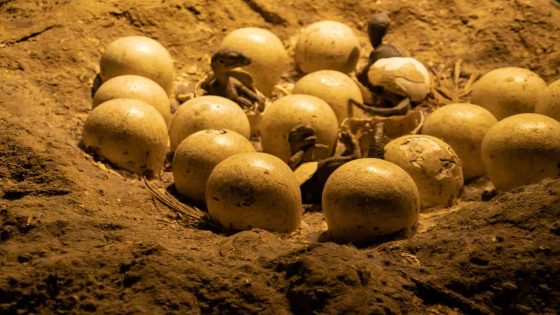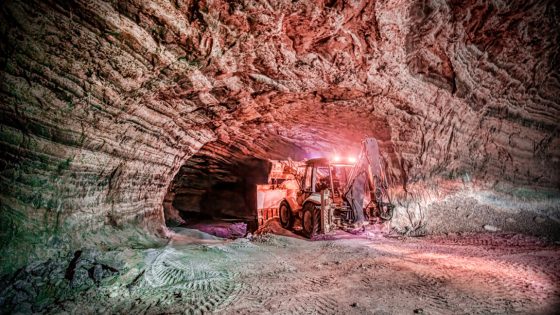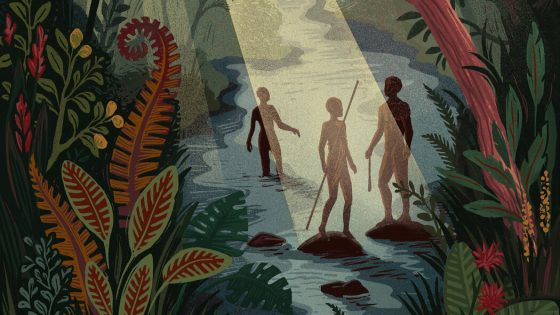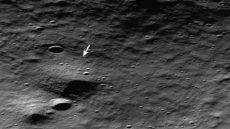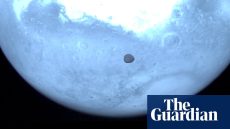A recent study reveals that an asteroid strike billions of years ago created two massive canyons on the moon, comparable in size to the Grand Canyon. This significant event, occurring around 3.8 billion years ago, has sparked interest in lunar geology and the moon’s history. What else might we learn from these ancient formations?
- Asteroid strike created canyons on the moon.
- Impact occurred near the moon's south pole.
- Lunar Reconnaissance Orbiter provided crucial data.
- Canyons comparable in size to Grand Canyon.
- Future astronauts may collect ancient rocks easily.
- Artemis program aims to return astronauts to moon.
Asteroid Impact Created Grand Canyon-Like Canyons on the Moon
How did an asteroid impact shape the lunar landscape? The study suggests that a comet, traveling at about 55,000 kilometers per hour, struck near the moon’s south pole, creating canyons in mere moments. This violent event has implications for both lunar exploration and our understanding of celestial impacts.
Understanding the Moon’s History Through Asteroid Impacts
The study highlights how asteroid impacts can reveal the moon’s geological past. Researchers used data from NASA’s Lunar Reconnaissance Orbiter to simulate the impact and its aftermath. The findings suggest that debris from the impact was ejected away from the south pole, which is promising for future exploration.
- The asteroid was approximately 25 kilometers wide.
- The energy released was over 130 times that of all current nuclear weapons combined.
- Most debris was thrown away from the south pole, aiding future missions.
- Ancient rocks may be more accessible for astronauts exploring the area.
The Science Behind the Canyons’ Formation
How do scientists know about the canyons? By analyzing data from the Lunar Reconnaissance Orbiter, researchers simulated the asteroid’s path and the resulting geological changes. This simulation revealed that the impact created a large basin and launched rocky materials at incredible speeds, forming the canyons we see today.
Future Lunar Exploration and Its Importance
What does this mean for NASA’s Artemis program? The findings suggest that the canyons could provide valuable insights into the moon’s history and formation. As astronauts prepare to return to the moon, understanding these ancient impacts will be crucial for their missions and research.
In conclusion, the discovery of these Grand Canyon-like canyons on the moon opens new avenues for exploration and understanding of our celestial neighbor. As we prepare for future lunar missions, these insights will guide our journey into the moon’s past.



